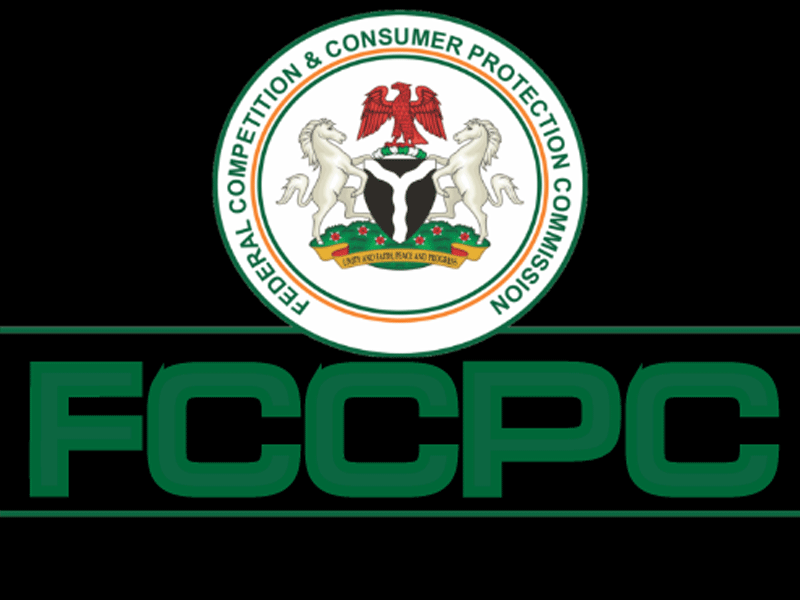By Zion Rufus
As Chief Marketing Officers (CMOs) look toward 2025, the focus is shifting from the hype surrounding generative AI (genAI) to practical and measurable operational efficiencies. While marketers are expected to streamline their departments and drive productivity gains, insights from Forrester suggest these improvements will not lead to major reductions in marketing headcount. Instead, marketing teams will operate more efficiently without losing critical talent.
Reflecting on the challenges of 2024, Forbes notes that CMOs were burdened with separating fact from fiction amid the deluge of generative AI headlines. The promise of genAI to revolutionize marketing and improve workflow efficiency was enticing, yet the technology’s adoption has proved more gradual and complex than anticipated. As the marketing world steps into 2025, there is a notable shift away from sensationalized expectations toward more grounded, practical applications.
Forrester’s projections for 2025 indicate that consolidation of marketing technology, stricter consumer privacy laws, data optimization, and expanded AI use will drive leaders to refine their operations. This shift allows senior marketers to focus less on routine tasks and more on aligning strategies with overarching business goals. Direct reports will increasingly handle day-to-day responsibilities, giving executives the space to lead at the intersection of operational efficiency and growth.
One of the most significant changes expected is the formalization of the marketing operations function, with one in four departments anticipated to codify their processes. As genAI moves beyond the hype, it will catalyze this transformation, evolving marketing operations from a stopgap to a robust system designed to enhance both efficiency and effectiveness. Forrester projects that mature teams will integrate genAI to improve process coordination, define responsibilities, and measure success across key areas.
Additionally, 2025 will see a major push to unify data across loyalty and marketing stacks. Economic pressures to boost efficiency and consumer demand for consistent, cross-platform experiences are driving this trend. Currently, about 80% of US B2C marketers rely on separate data sources for loyalty and marketing efforts, leading to disjointed customer interactions. Forrester forecasts that investment in unified data strategies will triple, as brands aim to close this gap and deliver a seamless experience. By integrating data across channels, CMOs will be better positioned to tailor interactions to individual consumers, enhancing brand loyalty and trust.
The regulatory environment is also set to become more complex. With eight new US state privacy laws and new regulations in Canada, Indonesia, and several Gulf states taking effect by 2025, CMOs will face increased challenges in managing compliance. Marketers are expected to navigate the evolving landscape of regional privacy laws, which may strain relationships between marketing and legal teams. Forbes highlights the growing industry demand for a federal US privacy law to streamline compliance, though such legislation remains uncertain.
While tangible efficiencies in marketing operations are on the horizon, headcount reductions are unlikely as CMOs prioritize keeping skilled talent to handle an increasingly intricate marketing ecosystem. Instead, CMOs are expected to lead with a renewed focus on streamlined processes, improved data practices, and regulatory compliance, positioning marketing as a more agile and adaptable function within the broader business framework.
Come 2025, CMOs will move beyond chasing trends to implementing sustainable operational improvements that bolster effectiveness without sacrificing the creative and strategic elements that drive business growth.






Comment
No comments found.